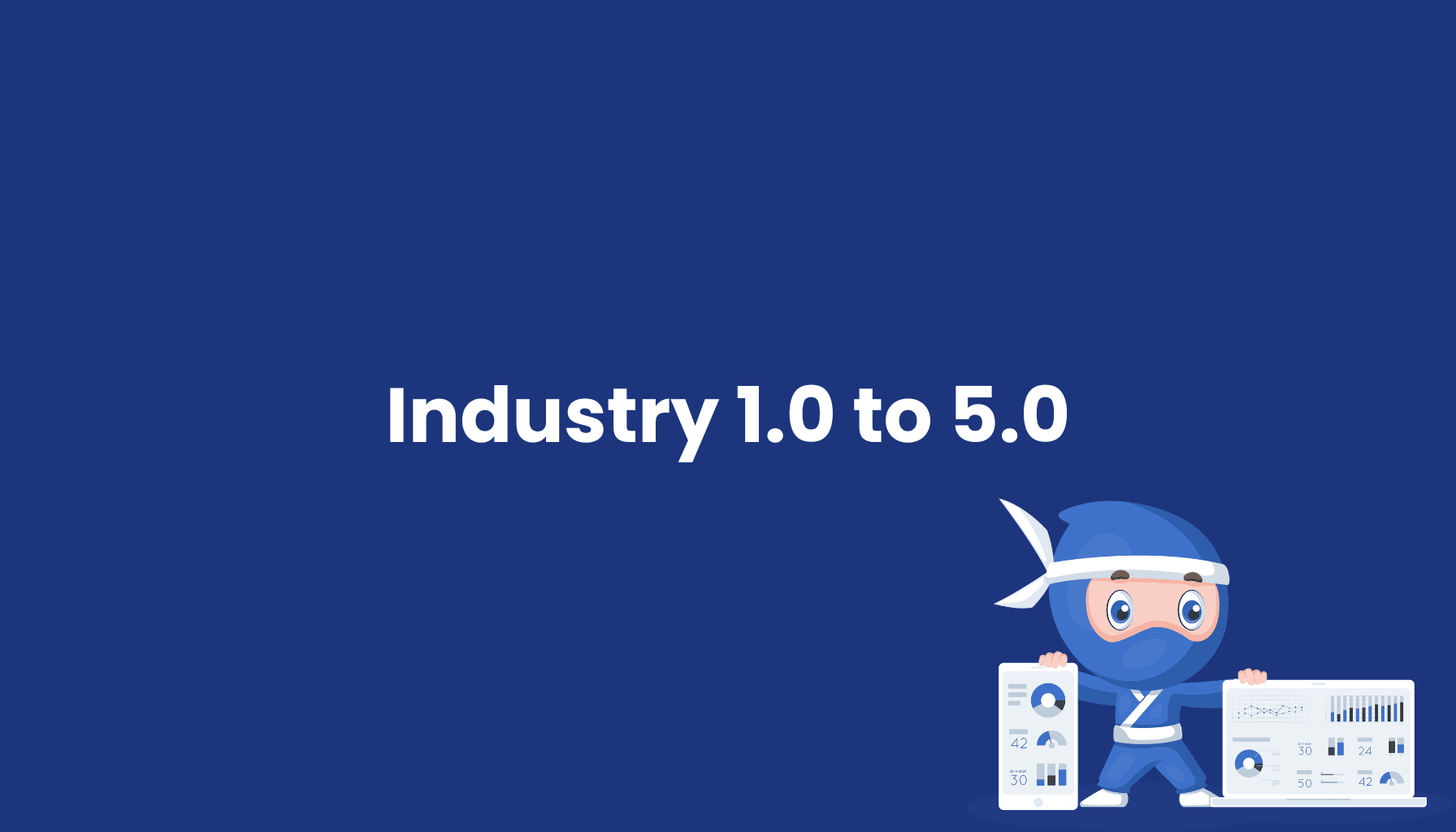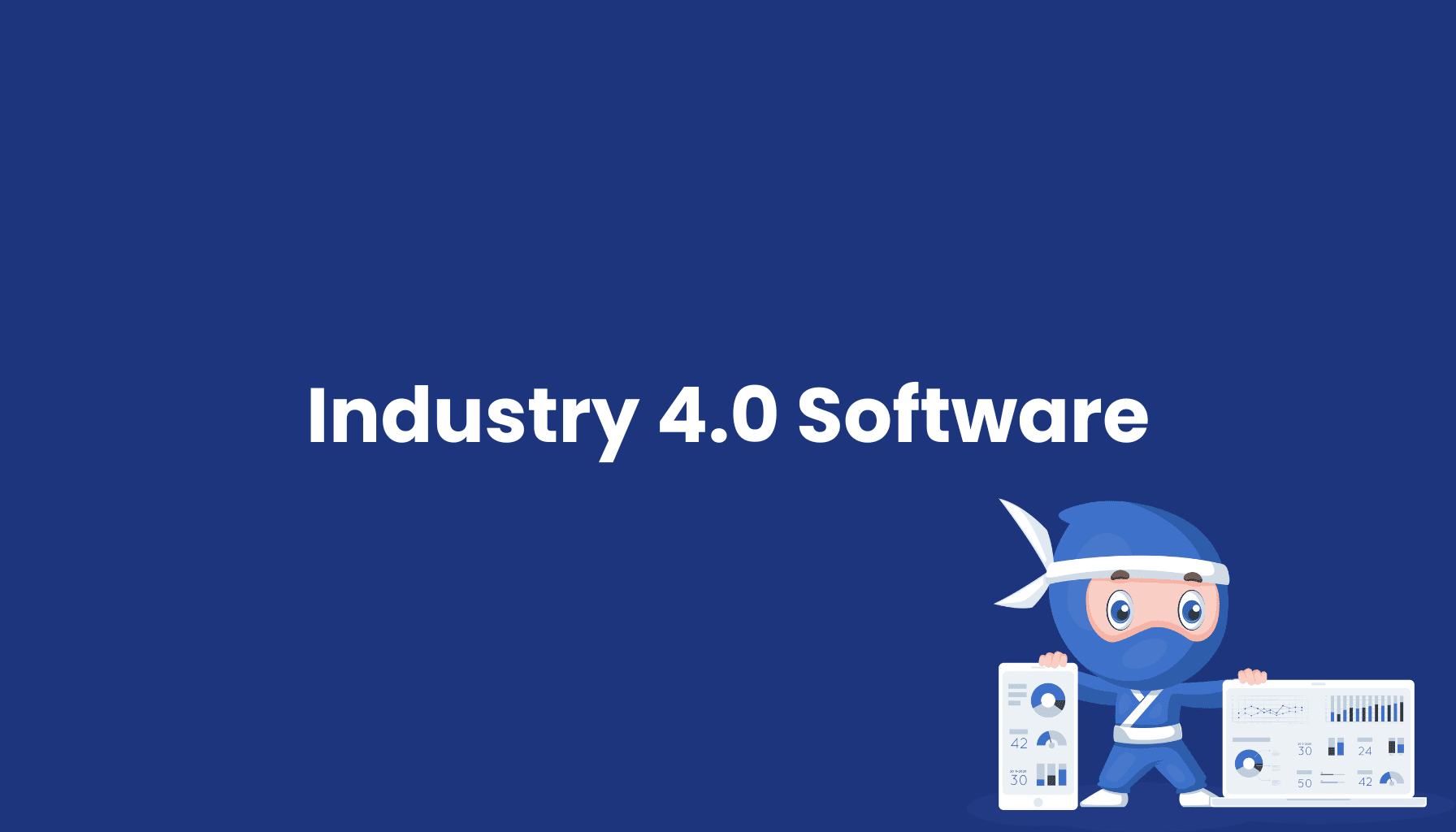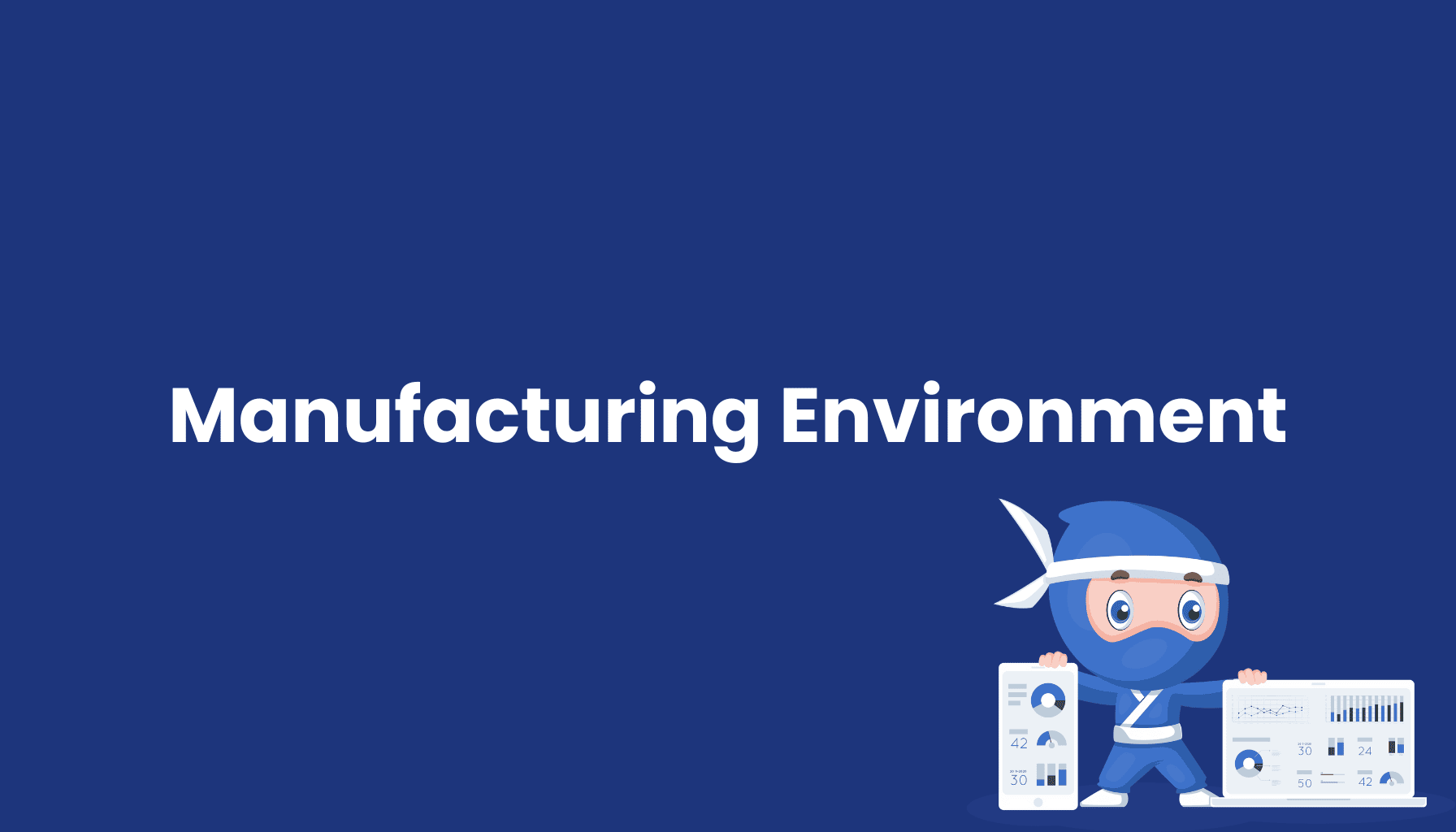The Evolution of Industrial Revolutions: From Industry 1.0 to 5.0

The history of industrial development is defined by groundbreaking revolutions that have transformed production, economies, and societies over the past 250 years. This SEO-optimized article provides a concise overview of Industry 1.0 to Industry 5.0, their key technologies, impacts, and future prospects.
Industry 1.0: The First Industrial Revolution
Timeline: 1760–1840
Key Technologies: Steam engine, mechanized looms, coke-based iron smelting, railways
Impact: Launched in Britain, Industry 1.0 shifted societies from agriculture to industry, driving urbanization, factory work, and economic growth. It introduced industrial capitalism but worsened worker conditions, sparking social challenges.
Industry 2.0: The Second Industrial Revolution
Timeline: 1870–1914
Key Technologies: Electricity, assembly lines, combustion engines, steel production, telecommunications
Impact: Centered in Germany and the US, this era brought mass production and globalization. It expanded the middle class, improved education, and fueled imperialism, while advancing consumer society and multinational corporations.
Industry 3.0: The Third Industrial Revolution
Timeline: 1960s–2000s
Key Technologies: Computers, robotics, automation, internet, renewable energy
Impact: Emerging post-WWII, Industry 3.0 digitized production, boosting productivity and global supply chains. It shifted economies toward services, reduced industrial jobs in the West, and raised environmental awareness.
Industry 4.0: The Fourth Industrial Revolution
Timeline: 2010s–Present
Key Technologies: IoT, AI, cloud computing, 3D printing, 5G
Impact: Originating in Germany, Industry 4.0 integrates physical and digital systems, enabling smart factories and mass customization. It transforms jobs, enhances efficiency, and poses cybersecurity and privacy challenges.
Industry 5.0: The Fifth Industrial Revolution
Timeline: Emerging since 2020
Key Concepts: Human-machine collaboration, sustainable production, advanced AI, quantum computing
Impact: Industry 5.0 prioritizes sustainability, resilience, and human-centric innovation. It aims for regenerative economies, ethical tech, and localized production, addressing climate change and social equity.
Comparing Industrial Eras
- Industry 1.0: Mechanization, steam power, factory workers
- Industry 2.0: Mass production, electricity, assembly-line jobs
- Industry 3.0: Automation, digitalization, process overseers
- Industry 4.0: Smart systems, IoT, system developers
- Industry 5.0: Sustainable, human-focused production, creative problem-solvers
Each era builds on the last, shifting from raw technological progress to value-driven innovation.
Challenges and Opportunities
Challenges: High costs, cybersecurity risks, skill gaps, and social acceptance of new tech.
Opportunities: Increased efficiency, resource savings, innovative business models, and sustainable solutions.
Success requires integrating technology with economic and societal goals.
Future of Industrial Development
Industry 5.0 hints at a future of bio-digital convergence, circular economies, and decentralized production. Emerging trends like space manufacturing and quantum technology could redefine industry, aiming for a sustainable, equitable world.





